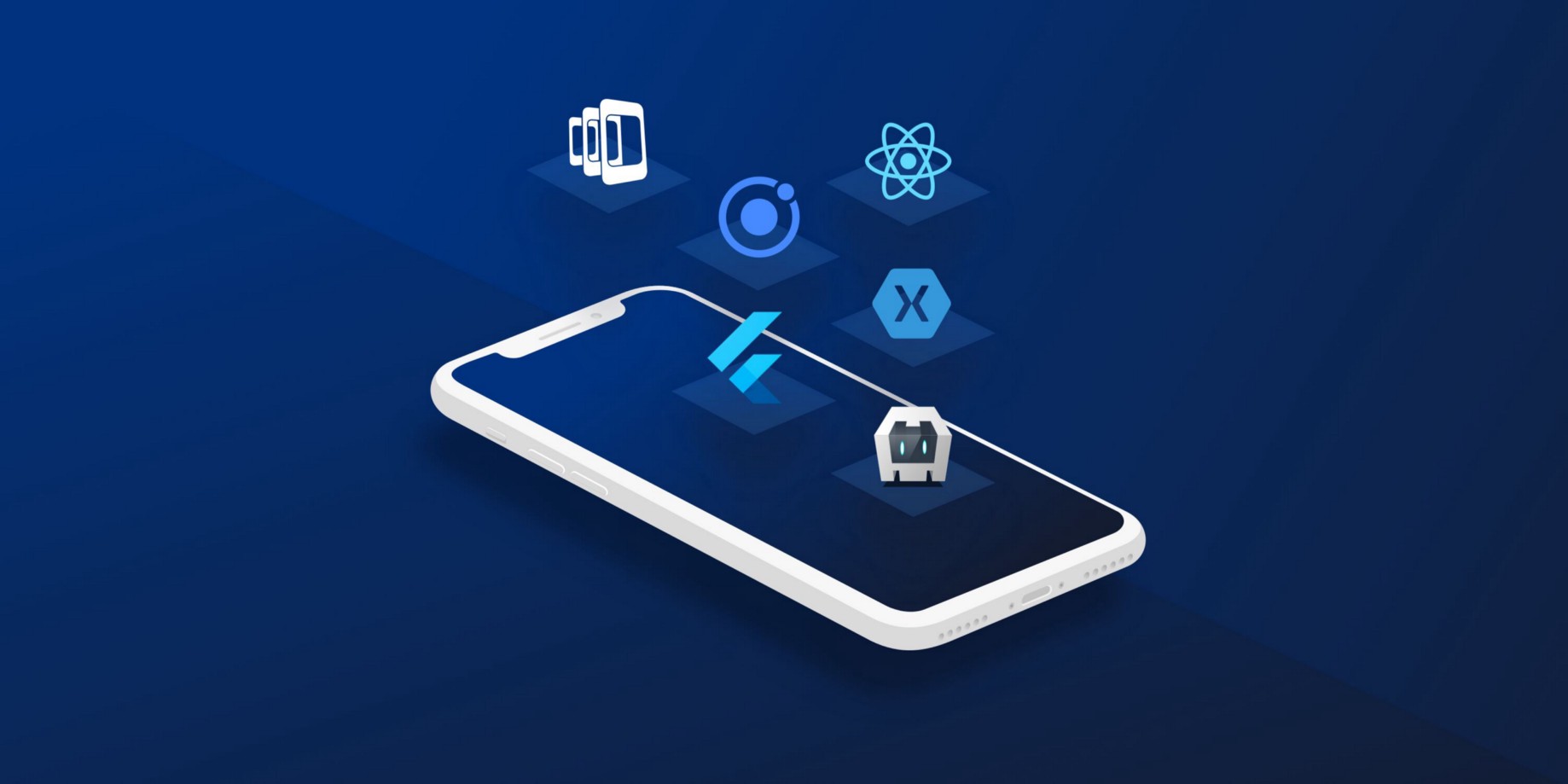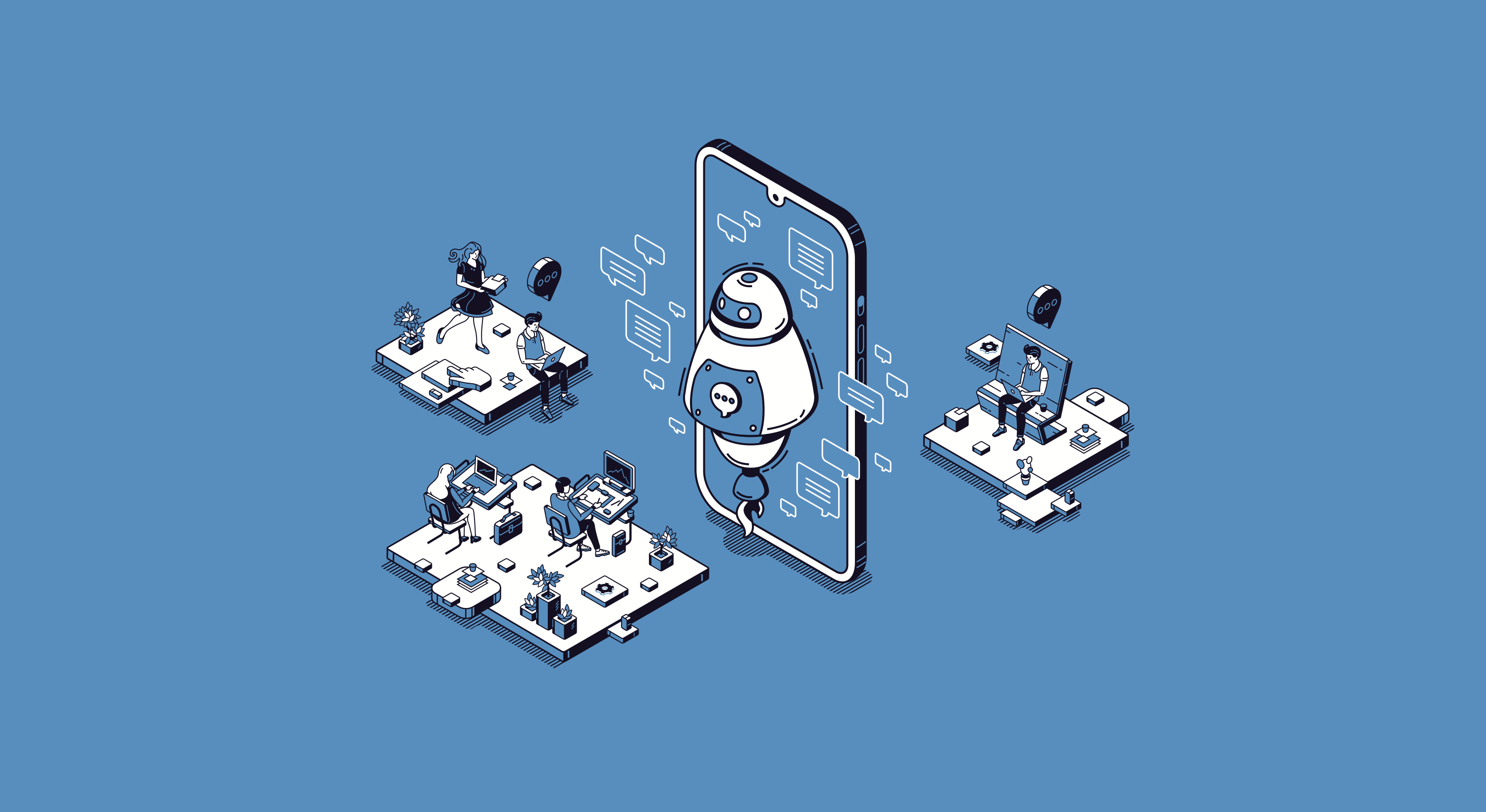Healthcare data analytics with the fullest guide in 2024

Explore the intricacies of healthcare data analytics, including its benefits and risks, as well as detailed definitions. Maintain knowledge and make decisions based on data to improve healthcare outcomes.
What is healthcare data analytics?
Healthcare data analytics is a specialized domain within data analytics that leverages current and historical data to generate practical insights, enhance decision-making processes, and optimize healthcare industry outcomes. In addition to benefiting healthcare organizations, healthcare analytics is also utilized to enhance the patient experience and health outcomes.
Analytics of data in healthcare
The healthcare sector is inundated with invaluable information in the form of comprehensive records. A number of these records must be maintained by healthcare providers for a specified period of time, as mandated by industry regulations.
This has resulted in the healthcare industry attracting the attention of those who work with "big data," or vast quantities of unstructured data. Big data analytics in healthcare, an emerging domain, presents opportunities to decrease operational expenditures, enhance operational effectiveness, and provide patient care.
Types of Healthcare Data Analytics
Four primary types of data analysis exist:
Descriptive analysis centers on previous occurrences, employing historical data to discern patterns and correlations.
Predictive analysis analyzes current and historical data through the use of machine learning (ML), data modeling, and modeling to forecast future outcomes.
Diagnostic analysis investigates the origins of patterns and correlations within data in order to provide an answer to the question, "Why did this occur?" This holds particular significance within the healthcare sector when a patient's symptoms are utilized to diagnose a specific injury or illness.
Data analysis generates recommendations regarding the optimal course of action to attain a specific objective. Within the healthcare sector, this may entail conducting an assessment of a patient's present state and pertinent hazards in order to ascertain and execute targeted therapeutic strategies.
>> Find out: Best Languages For AI Programming In 2024
Healthcare Data Analytics: Six Advantages
Enhanced patient treatment
Healthcare organizations are committed to minimizing the trauma and risk associated with patient care while ensuring optimal treatment outcomes. It is crucial for organizations to consistently develop, test, and implement enhancements to their services and processes in order to reach this objective.
In order to enhance patient care, healthcare providers may analyze patient data such as body temperature, blood test results, and blood sugar levels. Additionally, qualitative data can be analyzed, including the patient's reported pain level, mood, energy levels, and ability to perform daily activities.
By monitoring and analyzing patient information, medical professionals can:
- Identify at-risk populations more precisely
- Reduce diagnostic and therapeutic errors Identify the most effective treatments
- Reduced rate of readmissions
- Determine the required length of care for patients.
More precise and expedited diagnoses
By utilizing patient data, machine learning (ML) and artificial intelligence (AI) can forecast the most probable diagnosis, thereby obviating the need for superfluous diagnostic procedures and expediting the initiation of treatment for patients.
As an illustration, AI and ML have been implemented in the classification of disease and damage to soft and hard tissue from radiology images, followed by triage, diagnosis, and treatment recommendation.
The utilization of ML and AI in diagnostic tests is highly advantageous as it significantly alleviates the workload of physicians and specialists, resulting in expedited evaluations and treatments that offer superior value for patients' money.
Authorized decision-making
Data analytics provides healthcare providers with valuable insights regarding the most efficacious treatments, predictive trends and patterns for specific conditions, prevalent risk factors that warrant attention, and additional relevant information.
By equipping healthcare personnel with accurate and relevant data to guide their decision-making and strategies, the quality of patient care is elevated as they are capable of delivering optimal treatments to their patients.
Enhanced operational effectiveness
Research has found that waste comprises an estimated 25% of the overall healthcare expenditure in the United States. By adopting waste reduction strategies, the industry as a whole could potentially save between $191 and $286 billion.
By analyzing data, an organization is able to evaluate its present state, architecture, and procedures in order to pinpoint potential areas that require enhancement.
The operational efficiencies of healthcare organizations can be improved in the following areas:
- Increasing hospital capacity by utilizing analytics techniques to more effectively manage the demand for healthcare resources, such as hospital beds.
- An assessment, comprehension, and enhancement of healthcare technology utilization in order to optimize cost-effectiveness
- Inappropriate care, preventable care-related injury and death, variations in clinical practices, and noncompliance with established procedures are all elements that contribute to waste.
- Concentrate on the domains where enhanced efficiency can yield the most substantial gains—such as personnel scheduling, administrative operations, charting, financial management, and compliance.
Strengthened staffing
Labor expenses comprise roughly 60% of the overall costs incurred by hospitals. Utilizing data analytics in clinical settings is possible for optimizing inpatient staffing and predicting staffing needs.
Collecting insurance information and symptoms, reminding patients of prescription refills and follow-up appointments, entering and analyzing data, and collecting payments are all examples of low-value, time-consuming tasks that can be automated.
These enhancements increase employee satisfaction, decrease labor expenses, and streamline and optimize patient care.
Enhanced understanding of public health
By identifying and predicting trends in public health and the transmission of diseases like the flu and COVID-19, data analytics can be utilized.
By utilizing both historical and current data to forecast spikes in cases, healthcare organizations can ensure they have adequate supplies and equipment prepared to treat the growing patient population.
This enables your organization to support and treat your community in a proactive rather than reactive manner.
Risks Associated with Healthcare Data Analytics
The utilization of data analytics within the healthcare sector may afford substantial advantages to an organization; nevertheless, the hosting of such data entails inherent liabilities and responsibilities.
Healthcare institutions are responsible for the storage of highly confidential information, such as medical records, insurance particulars, Social Security numbers, credit card and billing details, and diagnosis data of patients.
As a consequence, these establishments are recurrent targets of cyber assaults; in fact, the healthcare sector encountered the highest number of ransomware attacks of any critical infrastructure sector, according to the FBI's Internet Crime Report.
To safeguard your data, ensure compliance with regulations such as HIPAA, and support your data analytics strategy and practices, it is critical to implement a robust data governance program.
Last thoughts
In summary, an exploration of the complex domain of healthcare data analytics unveils a terrain abundant with opportunities, albeit not devoid of intricacies. Organizations like Axalize can leverage the potential of data to enhance healthcare delivery, make well-informed decisions, and ultimately improve patient outcomes by acquiring knowledge of the associated definitions, benefits, and risks. As we traverse this ever-changing terrain, it becomes indisputable that adopting data analytics is not only beneficial but crucial in influencing the trajectory of healthcare. Axalize is positioned to lead the way by providing healthcare professionals with cutting-edge, custom-designed solutions that guarantee a more promising, data-centric future for all.


